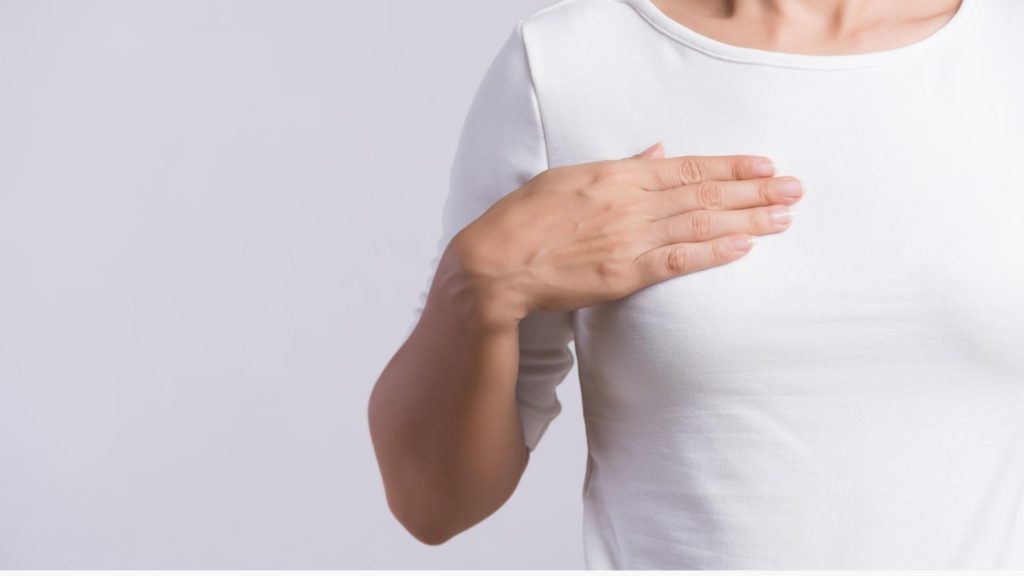October is Breast Cancer Awareness Month, but what does that really mean?
About one in every eight women in the United States will develop invasive breast cancer over the course of her lifetime, second only to lung cancer, according to the American Cancer Society. In 2009 alone, over 211,731 women were diagnosed with breast cancer, and 40,676 of those cases were fatal. Although men can also get breast cancer, they are at a significantly lower risk than women. While there are huge steps being made in the world of cancer, there’s still a lot left to know.
The Basics
Breast cancer begins by a natural mutation within a gene that quickly produces malignant tumors in the cells of the breast. Most breast cancers begin in the cells that line the milk ducts within the breast or in the lobules, or milk-producing glands. When breast cancer metastases, or spreads to the rest of the body, the lymphatic system is generally to blame. The lymphatic vessels in the breast connect to lymph nodes under the arm, which provides a vessel for the cancer to begin to spread.
Treatment for breast cancer varies among different diagnoses and depends on a myriad of different individual factors. Most tumors found, however, are benign, or non-cancerous, and can be removed through a simple surgery.
You may remember Angelina Jolie making headlines earlier this year regarding genetic testing and breast cancer: she had both breasts removed following a genetic test for the breast cancer mutation. Since genetic testing isn’t an option for all women, however, it’s important to know what your options are. According to the Susan G. Komen foundation, a self-exam isn’t a reliable screening method, although it is helpful. As always, you should talk with your doctor about any concerns you have regarding your breasts and potential problems.
Diagnosis
Before you can begin worrying about dealing with breast cancer, you’ll need to determine if you have it. Since genetic testing isn’t feasible for a large portion of the population, let’s head back to the basics: the self-exam.
The breast self-exam is a relatively simple practice that can be performed daily—or as often as you want—without having to wait for your annual check-up. Often, the earlier a problem is detected, the easier it can be treated, so why not keep a watchful eye out?
Things to Know
Before we tell you how to perform a self-exam, there are some things it’s important to keep in mind. For instance, breast tissue has a naturally bumpy texture that shouldn’t be confused for problematic lumps. Not all lumps that are painful are dangerous, and vice versa. Likewise, discharge from your nipples can be alarming but isn’t necessarily a reason to panic. You should talk to your doctor if you:
- Find a lump or change in your breast tissue that feels different from the rest of your breasts
- Experience nipple discharge without squeezing the nipple or breast
- Experience bloodied or clear nipple discharge
Now that you know what you’re feeling for, here’s a quick how-to. Pick the place. Breast exams are best performed in the shower, in front of a mirror, or lying down (or a combination of all three!) with the arm of the breast you’ll be checking lifted above your head.
- In the shower, you’ll use the pads of your fingers to feel around your breast in a circular motion, moving from the outside to the center. Be sure to also check your armpit area as well.
- In front of a mirror, you’ll begin by looking at your breasts with your arms at your sides. Next, raise both arms above your head. Look for any dimpling of the skin, or changes in the contour or swelling of the skin and nipples. Next, flex your chest muscles and check again.
- Lying down, you’ll need to place a pillow under the side you’re checking first. Then, repeat the same motion you would in the shower. It’s important to use a variety of pressures when checking for lumps.
Breast self-exams are a relatively simple tool in the battle against breast cancer. While they aren’t a definitive detection tool, it certainly pays to be familiar with your breasts and the rest of your body. If you detect any noticeable changes, or are uncertain about the procedure, contact us! We’ll be happy to help!

